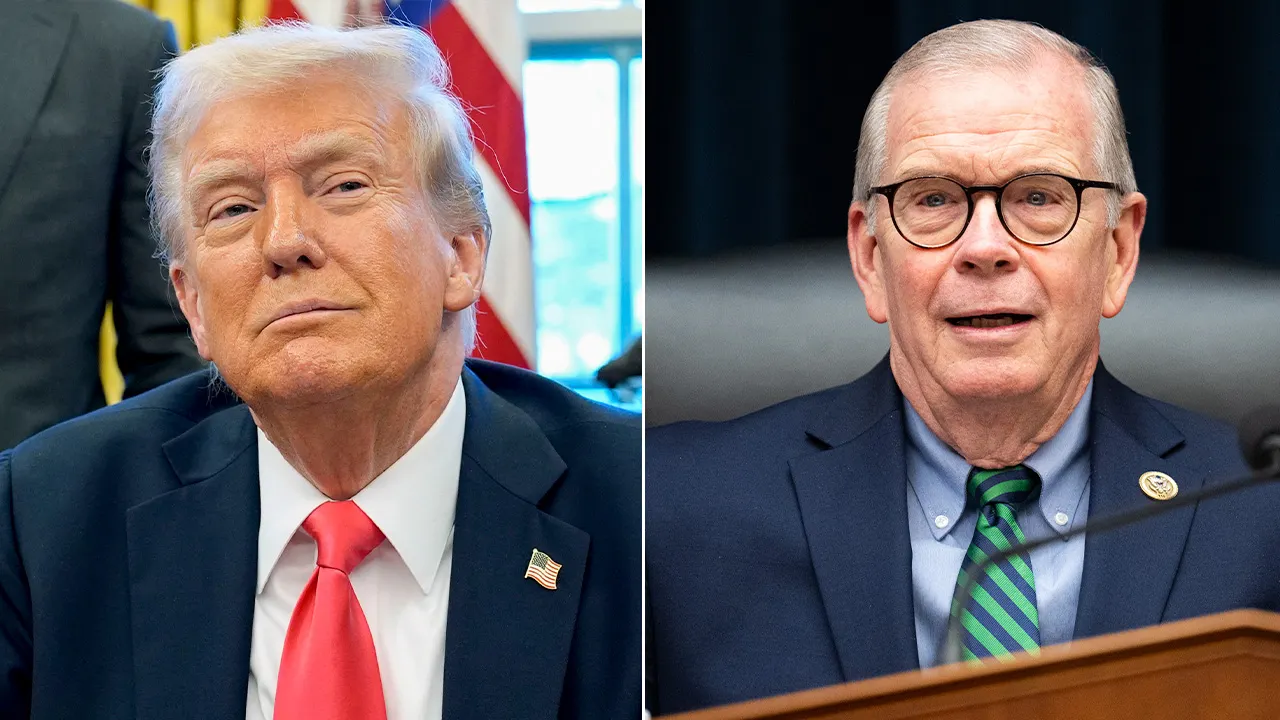The political landscape is once again set for a seismic shift as President Trump proposes abolishing the Department of Education. This radical move, gaining support from key Republicans, promises to decentralize education, returning control to state and local levels. With newly appointed Secretary of Education Linda McMahon at the helm, the future of federal involvement in education hangs in the balance.
This article delves into the implications of this potential abolition, examining the arguments for and against the move, and exploring what it could mean for students, teachers, and the nation’s educational standards.
House Education Chair Tim Walberg Supports Trump’s Plan
Representative Tim Walberg, the leading Republican on the House Education and Workforce Committee, has voiced his support for President Trump’s initiative. “I support him in the fact that we need to abolish the Department of Education, return education to the states, especially for K-12, and gain control of the higher-ed institutions and make them work,” Walberg stated in an interview with Fox News Digital. However, he expressed doubt about the likelihood of Congress backing such a drastic measure.
Walberg highlighted the Senate’s requirement of 60 votes for most legislation, suggesting that bipartisan support would be necessary. This raises questions about the feasibility of abolishing the department entirely and whether a compromise solution might be more attainable.
Legislative Challenges and the Senate Hurdle
Despite the enthusiasm from some Republicans, the path to abolishing the Department of Education faces significant hurdles. As Walberg pointed out, securing 60 votes in the Senate is a daunting task, particularly on a divisive issue like education. This reality necessitates a bipartisan approach, which could involve considerable negotiation and compromise.
The article quotes Walberg: “Whether we can abolish it or not is the question.” This sentiment underscores the uncertainty surrounding the future of the department and the potential for alternative solutions.
Exploring Potential Reforms and Alternatives
Acknowledging the challenges of complete abolition, Representative Walberg suggested exploring alternative reforms. “So what can we do to de-power, to reform, to replace in such a way that, for the time being, we’ll make the system work? I think that’s the question that we have,” he said.
These reforms could include reducing the department’s power, devolving more control to state and local authorities, or restructuring the agency to focus on specific areas of need. The goal would be to create a more efficient and effective education system that addresses the concerns of both Republicans and Democrats.
Linda McMahon’s Role as Secretary of Education
The timing of Trump’s proposal coincides with the confirmation of Linda McMahon as the new Secretary of Education. McMahon, a businesswoman and former WWE executive, brings a fresh perspective to the role. Her appointment signals a potential shift in the department’s priorities and approach to education policy.
As Secretary of Education, McMahon would play a crucial role in implementing any reforms or changes to the department. Her leadership will be essential in navigating the complex political landscape and working with Congress to shape the future of education in the United States.
A Brief History of the Department of Education
The Department of Education was established in its modern form in 1980, under President Jimmy Carter. It was created to consolidate various federal education programs and policies into a single agency. Since its inception, the department has played a significant role in shaping education standards, funding research, and providing support to schools and students across the country.
The proposal to abolish the department marks a significant departure from this historical trajectory, raising questions about the future of federal involvement in education and the potential impact on states and local communities.
House Speaker Johnson Signals Openness to Change
Adding to the momentum, House Speaker Mike Johnson has also expressed support for decentralizing control over education. “The more we push control of education down to parents and local school boards and authorities, the better off we are,” Johnson told reporters.
This statement reinforces the growing sentiment among Republicans that education decisions should be made at the local level, rather than by the federal government. It suggests a potential willingness to consider reforms that would empower parents and communities to shape their children’s education.
Conclusion: The Future of Education in the Balance
President Trump’s plan to abolish the Department of Education has ignited a debate about the role of the federal government in education. With support from key Republicans like Representative Walberg and Speaker Johnson, the proposal has gained traction, but faces significant legislative hurdles.
As the debate unfolds, the future of education in the United States hangs in the balance. The outcome will depend on the ability of Republicans and Democrats to find common ground and work together to create a system that meets the needs of students, teachers, and communities across the country. The role of Linda McMahon as the new Secretary of Education will be pivotal in navigating these changes and shaping the direction of education policy.

Leave a Reply